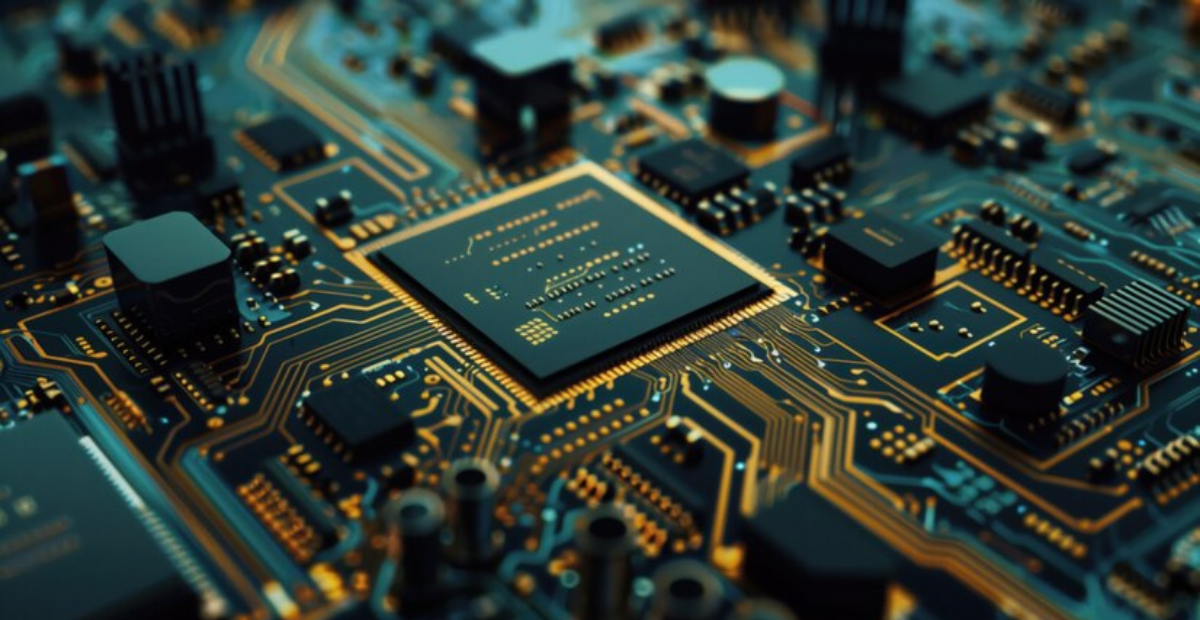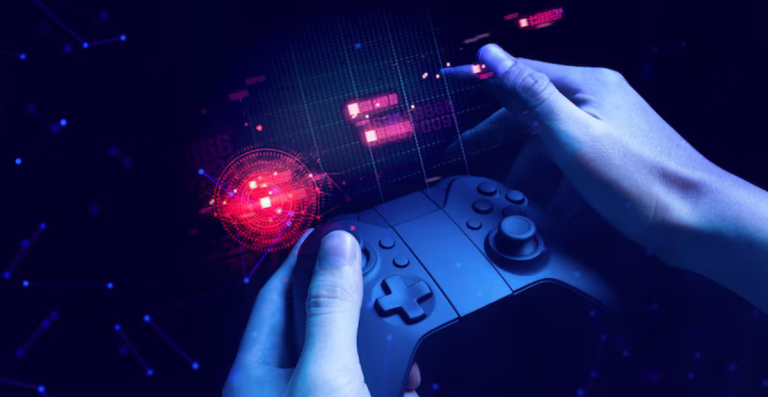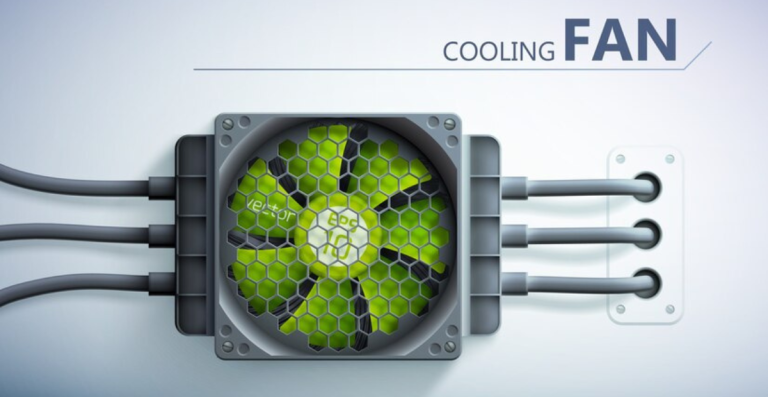Knowing the Enemy: How Bottleneck Affects FPS in Popular Games

You’re not the only one who has ever questioned why your expensive graphics card doesn’t perform as well as you had hoped, and How Bottleneck Affects FPS. After investing in pricey hardware, many gamers expect flawless gameplay, but instead, they encounter annoying lag spikes, stutters, or irregular frame rates.
One of the most frequent causes of these problems is a bottleneck, which is a covert performance obstruction that subtly reduces the actual potential of your system.
Understanding bottlenecks is essential for survival in the world of PC gaming, not simply for technical curiosity. A bottleneck may hold your frame rates hostage and destroy your overall experience, whether you’re playing a fast-paced multiplayer shooter or the newest AAA game.
We’re getting right to the core of the problem in this piece. You’ll leave with the knowledge to fight back and optimize your setup for the smoothest gameplay possible, from describing frame rate and its relationship to CPU/GPU dynamics to demonstrating real-world instances of bottlenecks.
What is FPS in a Video game?
It’s crucial to comprehend what frame rate (FPS) is and why it’s so vital in gaming before delving into how bottleneck affects FPS and impact performance. FPS is a gauge of how responsive and fluid your gaming experience is; it’s more than simply a number.
The game looks more fluid the higher the FPS. However, this goes beyond merely having a more fluid appearance. It can even provide you with an advantage in competitive games.
Defining FPS and its Significance in Videogames
Frames per second is what FPS stands for. It calculates how many separate pictures, or frames, your system can show in a second while you’re playing. Your game is rendering 60 frames per second, for instance, if it runs at 60 frames per second.
- Higher FPS = smoother animations and better responsiveness.
- Lower FPS = choppy movement and delayed input reaction.
It can make the difference between winning and losing a match in fast-paced games like Apex Legends or Call of Duty. Gamers place a great deal of importance on a higher FPS since it offers more visual information and a quicker reaction time.
The Human Perception of Frame Rates
The average frame rate for movies is about 24 frames per second, which is how most people see motion. But compared to movies, video games are much more interactive.
- At 30 FPS, gameplay is acceptable but may feel sluggish, especially in action-heavy moments.
- 60 FPS is widely considered the sweet spot for fluid and responsive play.
- Competitive gamers often aim for 120 FPS or more, particularly if they have a high refresh rate monitor.
Particularly during rapid camera motions, aiming, or driving sequences, our eyes are able to distinguish the difference in fluidity and input responsiveness. Because of this, knowing how to maximize FPS is crucial to your experience.
What is the Relationship Between CPU and FPS?
FPS initially appears to be a graphics-related problem, which is frequently the case. However, the CPU is heavily involved in the background. The CPU sets up everything required for those frames to exist, while the GPU does the rendering.
Your processor becomes a bottleneck if it is unable to keep up, stifling data flow and lowering your frame rate. Diagnosing performance issues requires an understanding of how these elements interact.
The Fundamental Roles of the CPU and GPU
The Central Processing Unit, or CPU, is in charge of all general-purpose computer functions, such as managing game commands, physics, arithmetic, logic, and artificial intelligence activities. You see the images on the screen because of the graphics processing unit, or GPU.
- If the CPU can’t deliver data fast enough to the GPU, your graphics card is forced to wait.
- This mismatch creates a CPU bottleneck, limiting your FPS even if your GPU is barely breaking a sweat.
The Concept of the Draw Call
It is necessary to render all of the objects that show up on the screen in games, including characters, bullets, and trees. A draw call is an instruction that comes from the CPU that renders these objects. Because the CPU isn’t quick enough to make draw calls effectively, you may find yourself stuck at 40 to 50 frames per second, even with a powerful graphics card.
- Games that make thousands of draw calls every second demand a strong CPU to handle all that processing.
- If the CPU struggles, it delays the GPU, making it impossible to reach higher frame rates.
How a Weak CPU Can Limit a Powerful GPU?
Consider the CPU and GPU to be a relay team. No matter how fast the second runner (GPU) is, you will still lose time if the first runner (CPU) is slow. When updating or tweaking your system for higher FPS, it is essential to comprehend this relationship.
- A mid-range GPU with a strong CPU can often outperform a high-end GPU with a weak CPU.
- Bottlenecks often become visible in games with many moving elements, calculations, and real-time decision-making.
How CPU Performance Impacts FPS?
Different CPUs have different capabilities, and how well your processor performs certain tasks might determine how many frames you get when gaming. It’s important to have the proper performance for the games you play, not just a fast CPU.
This section will demonstrate how various CPU specifications impact frame rate and why certain games are more susceptible to these restrictions than others.
Single-core vs. Multi-core Performance
Games vary in how well they use multiple cores. Some are optimized for multi-threading, while others still rely heavily on a single core.
- Older games or poorly optimized titles may only use 1–2 cores, meaning single-core performance is critical.
- Modern AAA titles can benefit from 6 or more cores, but there’s a point of diminishing returns.
- High IPC (Instructions Per Cycle) and fast single-core speeds still matter for steady FPS.
If your CPU has many cores but weak individual performance, you may still face bottlenecks.
The Impact of CPU Clock Speed and IPC
Clock speed (measured in GHz) determines how quickly a core can complete tasks. IPC measures how much work can be done in each clock cycle.
- A 3.8 GHz CPU with high IPC will usually outperform a 4.2 GHz CPU with low IPC in gaming.
- Newer CPU architectures like AMD’s Ryzen 7000 series or Intel’s 13th-gen processors tend to deliver both high IPC and good clock speeds.
This combo directly affects how many frames your system can process per second.
CPU-Intensive Tasks in Games
Certain in-game functions lean more on the CPU than the GPU. These include:
- AI behavior for enemies or allies
- World physics, such as destructible environments
- Scripting and event triggers in story-based games
- Crowd simulation in open-world titles
All of these tasks happen before the GPU renders a single frame. If your CPU is overwhelmed, FPS suffers—even with a top-tier graphics card.
Games Where FPS is Heavily Affected by CPU Bottlenecks?
Certain games are more CPU-intensive than others. These are frequently games that depend on intricate simulations, expansive open-world settings, or sophisticated AI computations. FPS will drop significantly if your CPU isn’t capable of handling the task. Let’s examine the kinds of games that are most affected by CPU bottlenecks in more detail.
Genre-Specific Examples of CPU-Intensive Games
The CPU-intensive nature of real-time strategy games like StarCraft II and Total War: Warhammer is well known. These games require a powerful processor to manage all the computations in real-time, simulating thousands of units.
The CPU is required by simulation games such as Microsoft Flight Simulator and Planet Coaster to control intricate systems, such as crowd movement and aircraft dynamics.
GTA V and The Witcher 3 are examples of open-world games with expansive, dynamic settings that continuously compute AI behavior, weather systems, and interactive objects.
A CPU that can manage big player counts and intricate global events is required for MMOs like global of Warcraft and Final Fantasy XIV.
A CPU capable of handling several tasks at once is advantageous for these genres. Even with a strong GPU, lag or stuttering will occur if your processor is unable to keep up.
Specific Game Titles Known for CPU Bottleneck Issues
Some titles are especially known for their heavy CPU demands:
- Red Dead Redemption 2: A sprawling open world with complex AI and physics makes it a CPU-intensive game.
- Civilization VI: A turn-based strategy game where AI and map calculations are particularly taxing on your processor.
- The Witcher 3: Wild Hunt: While it looks stunning, its massive world and detailed NPC systems require a lot of CPU power to maintain smooth gameplay.
In these games, a powerful GPU won’t make up for a weak CPU. Upgrading your CPU can lead to massive performance gains.
Analyzing Game Requirements for CPU Limitations
Each game comes with its own set of performance requirements. The recommended specs often include both a GPU and CPU suggestion, but they don’t always tell the full story.
- CPU-heavy games will often list a higher clock speed or more cores as a necessity.
- Games with advanced AI, large crowds, or complex simulations will demand a stronger CPU, sometimes more so than the GPU.
Check game benchmarks and reviews to find out whether the CPU is a major limiting factor in your FPS.
Checking my PC’s FPS: How to do it?
The first step in resolving any FPS problems is understanding how to monitor it. Real-time FPS monitoring makes it simple to identify bottlenecks. There are several methods for monitoring your PC’s frame rate.
Using the FPS Counter in-game settings
There is an FPS counter in many games’ settings. This is frequently the simplest method for keeping an eye on your frame rate while playing. You may activate this feature directly in games like Overwatch, Call of Duty: Warzone, and Fortnite.
One advantage is that there is no need to download additional software, making it simple. The FPS counter is a decent place to start, however, it might not always be as comprehensive as third-party apps.
Using FPS Monitoring Software from Third Parties
Third-party software can assist with a more thorough level of surveillance. Tools that offer comprehensive performance metrics include Rivatuner Statistics Server, Fraps, and MSI Afterburner. In addition to tracking frame rate, these apps provide you with useful information about GPU usage, temperature, and other critical metrics.
For instance, MSI Afterburner is a well-liked option for gamers seeking greater control because it lets you choose how the information is displayed.
How to Interpret FPS Variations
After you’ve set up an FPS counter, you’ll want to know what those figures indicate. Your FPS may indicate performance problems if it falls below 60 or varies significantly. For fluid gameplay, a steady frame rate above 60 is ideal.
Your FPS will probably slow or stutter if it falls below 30–40. Keep an eye on both CPU and GPU utilization; if your CPU is operating at full capacity while your GPU isn’t, this could indicate a CPU constraint.
Identifying and Comprehending Bottlenecks in Well-Known Games
When one component of your system, typically the CPU or GPU, cannot handle the demands of the game, performance is limited. This is known as a bottleneck. CPU, GPU, RAM, and storage bottlenecks are common types. When the CPU finds it difficult to complete game calculations, the GPU is often underutilized, resulting in a CPU bottleneck.
On the other hand, a GPU bottleneck occurs when the graphics card is overloaded, which causes performance to slow down. You can concentrate on the appropriate upgrade, such as increasing CPU speed, GPU power, or optimizing other components, by using monitoring tools to help locate the bottleneck.
The Detrimental Effects of Bottlenecks on Your Gaming Experience
Particularly during stressful game situations, bottlenecks can result in noticeable FPS decreases, stuttering, and input lag. While GPU limitations restrict rendering speed, CPU bottlenecks slow down processing.
These problems interfere with gameplay, making engaging, fluid experiences impossible. Bottlenecks can be located and fixed to restore the best possible visual quality and gaming performance.
Strategies for Mitigating and Overcoming CPU Bottlenecks
- Upgrade the CPU: Replacing an older processor with a faster, more capable one will better handle demanding games.
- Optimize in-game settings: Lower settings like shadows, draw distance, and particle effects to reduce CPU load.
- Close unnecessary background applications: Free up CPU resources by shutting down any programs running in the background.
- Overclock the CPU: Boost CPU performance through overclocking, though it requires careful monitoring to avoid overheating.






